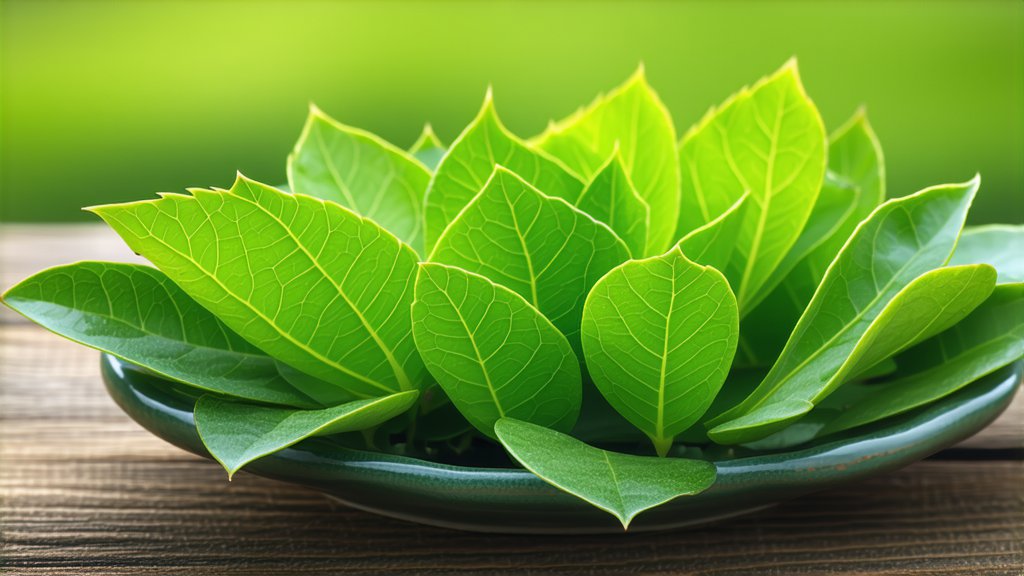
In the heart of China's Zhejiang Province, nestled amidst rolling hills and mist-laden valleys, lies the birthplace of one of the world's most revered green teas – Longjing (Dragon Well) Tea. This exquisite beverage, often referred to as "green elixir," has been enchanting palates for centuries with its unique flavor profile, captivating aroma, and unparalleled health benefits. Join me on a journey through the rich history, diverse varieties, intricate production process, and artful appreciation of this legendary tea.
A Glimpse into History
The origins of Dragon Well Tea can be traced back over a thousand years to the Tang Dynasty (618-907 AD), during which time it was already celebrated as a premium tea. However, its true prominence came in the early Qing Dynasty (1644-1912) when Emperor Kangxi decreed that Longjing be designated as the official tribute tea for the imperial court. This royal endorsement solidified its status as a symbol of prestige and refined taste.
The name "Longjing" itself is steeped in folklore. Legend has it that two dragons, one from the heavens and one from the West Lake, once battled fiercely over a precious pearl. Their intense struggle caused the earth to tremble and spring water to bubble up, creating the ideal conditions for tea cultivation. Thus, the area became known as Longjing, or "Dragon Well," and the tea grown thereafter bore the same name.
Exploring Varieties
While all Dragon Well Tea shares certain characteristics, such as its flat, spear-like shape and vibrant emerald color, there are subtle differences among the various sub-varieties. These distinctions arise primarily from the elevation at which the tea is grown, with higher altitudes producing more nuanced flavors and aromas. Some of the most notable types include:
-
West Lake Dragon Well (Xihu Longjing): Grown in the core production area surrounding West Lake in Hangzhou, this is considered the crème de la crème of Dragon Well Tea. It boasts a smooth, mellow taste with notes of chestnut and a lingering sweetness.
-
Meiling Longjing: Cultivated in the Meiling Mountains, this variant offers a slightly bolder flavor profile with hints of roasted nuts and a crisp finish. Its higher elevation contributes to a more complex character.
-
Yingsheng Longjing: Harvested from the Yingsheng region, this tea is prized for its exceptional freshness and purity. It exhibits a bright, vegetal taste with subtle floral undertones, making it a favorite among connoisseurs seeking an authentic representation of Dragon Well's essence.
The Art of Crafting Dragon Well Tea
The production of Dragon Well Tea is a meticulous and labor-intensive process that requires both skill and patience. Here's a glimpse into the traditional methods employed by master tea artisans:
-
Handpicking: Only the youngest, tenderest leaves and buds are selected during the spring harvest, typically between March and April. This ensures optimal flavor and nutritional content.
-
Withering: Freshly picked leaves are spread out thinly on bamboo mats to lose excess moisture and soften the cell walls, facilitating subsequent processing steps.
-
Fixation: The withered leaves undergo a brief high-temperature treatment (usually pan-firing) to halt oxidation and preserve the green color. Masters use large woks heated to around 300°C (572°F), skillfully tossing the leaves to ensure even heating.
-
Rolling & Shaping: After fixation, the leaves are gently rolled and shaped into their characteristic flat, spear-like form. This step not only enhances aesthetic appeal but also helps extract the full range of flavors during brewing.
-
Drying: Finally, the shaped leaves are dried slowly at lower temperatures to reduce moisture content to approximately 5%. This step further refines the taste and extends shelf life without compromising quality.
Savoring the Essence: A Guide to Appreciating Dragon Well Tea
To truly appreciate Dragon Well Tea, one must engage in a mindful tea ceremony that emphasizes sight, smell, touch, sound, and taste. Here’s how you can elevate your experience:
-
Preparation: Use a transparent glass teapot or gaiwan to observe the unfurling leaves, enhancing visual enjoyment. Rinse the vessel with hot water before adding about 3 grams of loose leaf per 150 ml of water.
-
Water Quality: Use fresh, filtered water heated to 80-85°C (176-185°F). Avoid boiling water as it may scorch the delicate leaves and result in a bitter taste.
-
Infusion Time: For the first steep, allow the leaves to infuse for approximately 1-2 minutes. Subsequent infusions can be extended gradually to coax out different flavor layers. Dragon Well Tea typically yields 3-4 satisfying infusions.
-
Observation: As the leaves dance gracefully in the water, take note of their transformation from tight bundles to fully expanded blades. Notice the clarity and light golden-green hue of the liquor.
-
Aroma: Bring the cup close to your nose and inhale deeply, savoring the fresh, grassy scent intertwined with subtle floral or nutty notes depending on the variety.
-
Tasting: Sip slowly, allowing the tea to coat your entire mouth before swallowing. Pay attention to the initial umami sweetness followed by a mild astringency and a lingering aftertaste that signifies high-quality Dragon Well Tea.
-
Reflection: Take a moment to appreciate the harmony between the tea's flavor, aroma, and texture. Reflect on the centuries-old tradition and craftsmanship encapsulated in each sip.
In conclusion, Dragon Well Tea stands as a testament to China's profound connection with nature and its dedication to perfecting the art of tea-making. Whether enjoyed as a daily ritual or reserved for special occasions, this green elixir invites us to slow down, savor life's simple pleasures, and connect with a legacy that transcends time and borders.